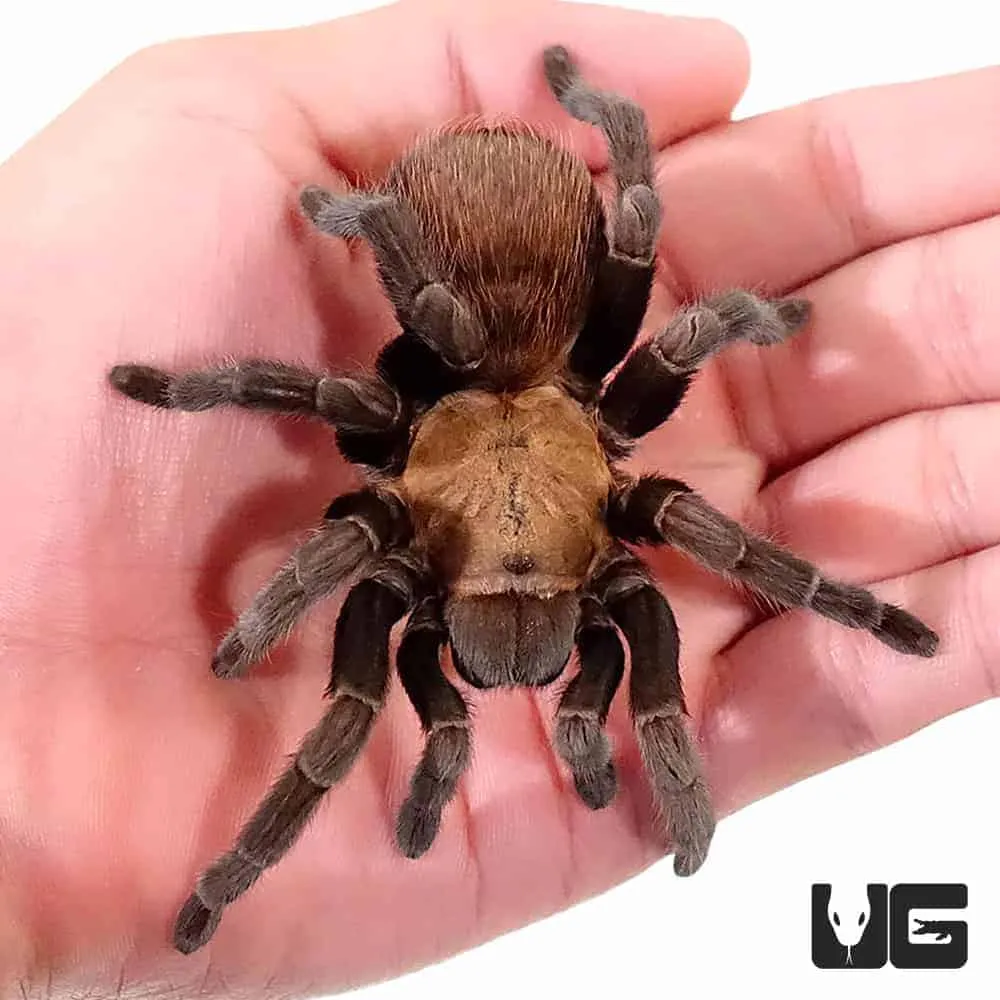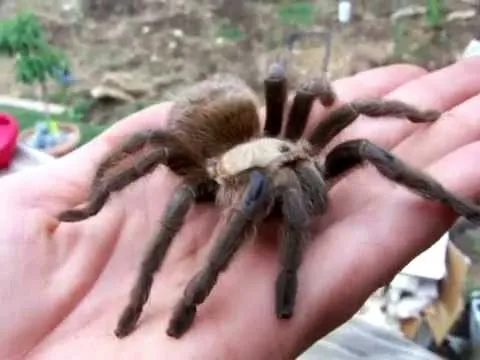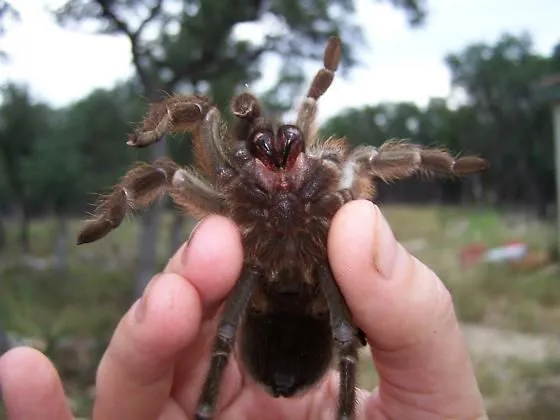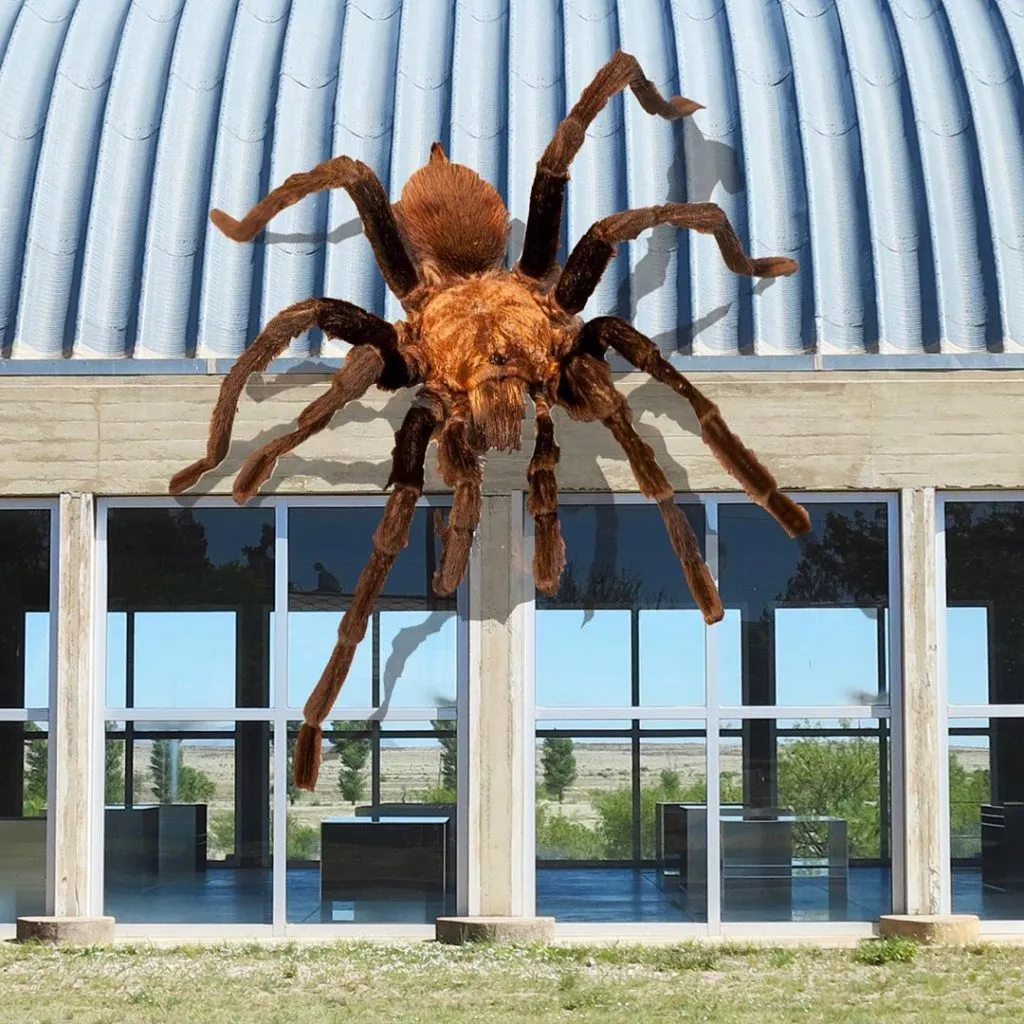Texas Brown Tarantulas Top 5 Care Tips
The Texas brown tarantula (Aphonopelma hentzi) is a fascinating and relatively docile species, making it a popular choice for beginner tarantula enthusiasts. However, like any pet, these arachnids require specific care to thrive. This guide provides the top 5 essential care tips to ensure your Texas brown tarantula lives a long, healthy, and fulfilling life in your care. From habitat setup to health maintenance, understanding these key aspects of their needs is crucial for responsible pet ownership. Properly caring for your Texas brown tarantula is not only about providing sustenance; it’s also about creating an environment where your tarantula can exhibit its natural behaviors and live comfortably, providing you with endless hours of fascinating observation. Let’s delve into the specifics of how to care for your eight-legged friend.
Habitat Setup
Creating the right habitat is the foundation of good tarantula care. The enclosure should mimic the tarantula’s natural environment as closely as possible, providing both security and the necessary conditions for survival. A well-designed habitat will not only keep your tarantula healthy but also allow you to observe its fascinating behaviors, contributing to a more rewarding pet ownership experience. This section outlines the key elements you need to consider when setting up your Texas brown tarantula’s home, from choosing the right enclosure to providing the perfect substrate.
Enclosure Size and Type

The size of the enclosure should be proportional to the tarantula’s size. A general rule is to provide a space that is approximately three times the tarantula’s leg span in width and length. For a juvenile Texas brown tarantula, a 5-10 gallon terrarium or a similarly sized plastic container with secure ventilation is suitable. As your tarantula grows, you’ll need to upgrade to a larger enclosure. Avoid enclosures that are too tall, as tarantulas can fall and injure themselves. A horizontally oriented enclosure is generally best. Ensure that the enclosure has a secure lid to prevent escapes, as Texas brown tarantulas are capable climbers, particularly when young. Good ventilation is also crucial; however, ensure that the ventilation doesn’t compromise the humidity levels required by the tarantula.
Substrate and Furnishings
The substrate is the flooring material of the enclosure and plays a crucial role in maintaining humidity, providing a burrowing medium, and offering a comfortable environment for your tarantula. A good substrate choice for Texas brown tarantulas includes a mix of peat moss, vermiculite, and coconut fiber. This combination holds moisture well and allows the tarantula to burrow, which is a natural behavior. The substrate should be deep enough, typically 4-6 inches, to allow the tarantula to create a burrow. Adding a few decorations, such as cork bark, fake plants, or a hide, will provide your tarantula with places to hide and feel secure. These additions enrich the environment and allow your tarantula to express its natural behaviors, adding to the enjoyment of owning a pet tarantula. The furnishings should be securely placed to prevent them from falling and potentially injuring the tarantula.
Temperature and Humidity
Texas brown tarantulas thrive in a temperature range of 75-85°F (24-29°C). You can maintain this temperature using a heat mat placed on the side of the enclosure, never directly under it. Avoid direct sunlight and drafts. The humidity level should be maintained between 60-70%. You can achieve this by misting the enclosure with water a few times a week, especially during the warmer months. Regularly monitor the humidity levels with a hygrometer. Proper temperature and humidity are crucial for successful molting and overall health. Incorrect conditions can lead to health issues or failure to molt properly. Consistent monitoring and adjustments are key to creating a healthy environment.
Feeding and Hydration

Proper feeding and hydration are vital aspects of tarantula care. A well-fed and hydrated tarantula is a healthy tarantula. The diet and hydration methods directly impact the tarantula’s well-being, influencing its growth, molting cycles, and overall lifespan. Understanding the nutritional needs and providing fresh water are key to ensuring your Texas brown tarantula remains in peak condition. This section outlines the best practices for feeding your tarantula and keeping it hydrated.
Feeding Frequency and Food Choices
Texas brown tarantulas are opportunistic feeders, meaning they will eat when food is available. The feeding frequency depends on the tarantula’s age. Spiderlings should be fed 2-3 times a week, while adults can be fed once or twice a week. The size of the prey should be appropriate for the size of the tarantula; a good rule of thumb is to offer food items that are no larger than the tarantula’s body. Suitable food choices include crickets, mealworms, roaches, and other commercially available insect feeders. Always remove any uneaten prey within 24 hours to prevent stress and potential harm to the tarantula. Avoid feeding wild-caught insects, as they may carry parasites or pesticides that can harm your pet. Ensure that the prey items are gut-loaded (fed nutritious food) before being offered to the tarantula to provide optimal nutrition.
Watering and Hydration
Clean, fresh water should always be available. Provide water in a shallow, spill-proof dish. For spiderlings, use a bottle cap filled with water, as larger dishes may pose a drowning hazard. Regularly check and refill the water dish. In addition to a water dish, you can also mist the enclosure lightly with water a few times a week to maintain humidity and allow the tarantula to drink water droplets. Monitoring the tarantula’s water consumption and the general humidity levels is crucial for identifying any potential dehydration issues. Dehydration can lead to health complications, so ensuring consistent access to fresh water is critical.
Handling and Safety

While Texas brown tarantulas are relatively docile, they can still bite if they feel threatened, and their bites can be painful. Therefore, handling should be kept to a minimum and approached with caution. Prioritizing safety for both the tarantula and the handler is key to a positive experience. This section provides guidelines on safe handling practices and how to avoid potential risks.
Safe Handling Practices
If you choose to handle your tarantula, do so with extreme care. Handle your tarantula close to the ground or a soft surface to minimize the risk of injury from a fall. Gently coax the tarantula onto your hand; never try to grab or force it. Avoid handling after feeding or during molting. Wash your hands thoroughly before and after handling. Always be mindful of the tarantula’s behavior; if it appears agitated or defensive, it’s best to leave it alone. Avoid direct sunlight, as the heat can be harmful to the tarantula. Observe your tarantula closely while handling it for any signs of stress, such as raised legs or a defensive posture, and immediately return it to its enclosure if necessary. Handling, while sometimes necessary, is generally not required for the tarantula’s well-being and should be approached with the utmost caution.
Avoiding Bites and Reactions
Texas brown tarantulas rarely bite, but they can if they feel threatened or are startled. The bite itself is comparable to a bee sting, causing pain and localized swelling. Some individuals may experience allergic reactions. To minimize the risk of a bite, always approach the tarantula slowly and calmly. Avoid sudden movements or loud noises. Never put your fingers or hands directly in front of the tarantula’s fangs. If a bite occurs, wash the area with soap and water and monitor for any signs of an allergic reaction, such as difficulty breathing or severe swelling. Seek medical attention immediately if an allergic reaction is suspected. The primary defense mechanism for Texas brown tarantulas is kicking off urticating hairs, which can cause skin and eye irritation. Always avoid contact with the tarantula’s body.
Health and Maintenance

Maintaining a healthy environment and monitoring your tarantula’s health are essential parts of responsible pet ownership. Regular observation and proactive care help in preventing potential health issues and ensuring your pet’s longevity. Recognizing common health issues and maintaining a clean enclosure are key to keeping your Texas brown tarantula happy and healthy. This section covers the important aspects of health and maintenance.
Recognizing Common Health Issues
Knowing the signs of potential health problems is critical for prompt intervention. Watch out for signs of illness, such as loss of appetite, lethargy, lack of coordination, or changes in behavior. Parasites, such as mites, can also be a problem, often appearing as small, moving dots on the tarantula or its enclosure. Other issues to look out for include fungal infections and dehydration. If you notice any unusual symptoms, consult with a veterinarian experienced in exotic animals. Early detection and treatment are key to a successful recovery. Always quarantine new tarantulas to avoid the spread of potential diseases to existing pets. Providing an ideal environment and maintaining a watchful eye are essential to maintaining your tarantula’s health.
Regular Enclosure Cleaning
Regular cleaning of the enclosure is essential to maintain a healthy environment and prevent the build-up of harmful bacteria and mold. Spot clean the enclosure weekly by removing any uneaten food, feces, and discarded molts. Every few months, or when the substrate becomes soiled, completely replace the substrate. During this deep cleaning, remove the tarantula to a temporary container. Thoroughly clean and disinfect the enclosure, decorations, and water dish with a reptile-safe disinfectant. Always rinse everything thoroughly before returning the tarantula to its enclosure. Regular cleaning not only helps prevent health issues but also keeps the enclosure visually appealing. Keeping the habitat clean and sanitary is a cornerstone of responsible tarantula care.
Understanding Molting

Molting is a natural process where tarantulas shed their exoskeleton to grow. During molting, the tarantula will often stop eating, become less active, and may lie on its back. Do not disturb the tarantula during this vulnerable time. Provide adequate humidity. After molting, the tarantula’s new exoskeleton will be soft, and it will take several days to harden. Do not feed the tarantula until its fangs have hardened. The molted exoskeleton provides valuable information about the tarantula’s health and growth. Do not attempt to handle the tarantula during the molting process as this may cause the tarantula to abandon the molt, which may be fatal. Molting is a sign that your tarantula is growing, and it’s a fascinating part of their life cycle to observe.
Lifespan and Expectations
Understanding the lifespan and natural behaviors of a Texas brown tarantula is essential for preparing for the long-term commitment of pet ownership. Knowing what to expect in terms of growth, molting, and behavior will enhance your appreciation for this unique species and allow you to provide optimal care throughout its life. This section covers expectations for the lifespan and some key differences between male and female tarantulas.
What to Expect
Texas brown tarantulas have a relatively long lifespan. Females can live for 20-30 years or more, while males typically live for 5-10 years. Their growth rate varies depending on factors such as food availability, temperature, and genetics. They will molt periodically throughout their lives, shedding their exoskeleton to grow. You can expect your tarantula to exhibit a variety of interesting behaviors, such as burrowing, web-spinning, and ambush hunting. The longer lifespan of females makes them a more common choice for pet owners, but both genders can make fascinating pets. Providing appropriate care and an enriching environment can significantly impact the quality of life and overall lifespan of your tarantula.
Male vs. Female

There are some noticeable differences between male and female Texas brown tarantulas. Females generally live longer and tend to be larger and more robust. Males are typically smaller, and they have a shorter lifespan. When males reach maturity, they develop “hooks” on their front legs, which they use to hold the female’s fangs during mating. They also have “boxing gloves” or bulbous pedipalps, which are used for sperm storage. While both genders make great pets, the longer lifespan of females is often preferred. When purchasing a Texas brown tarantula, it is often difficult to determine the gender until the tarantula has undergone several molts.
